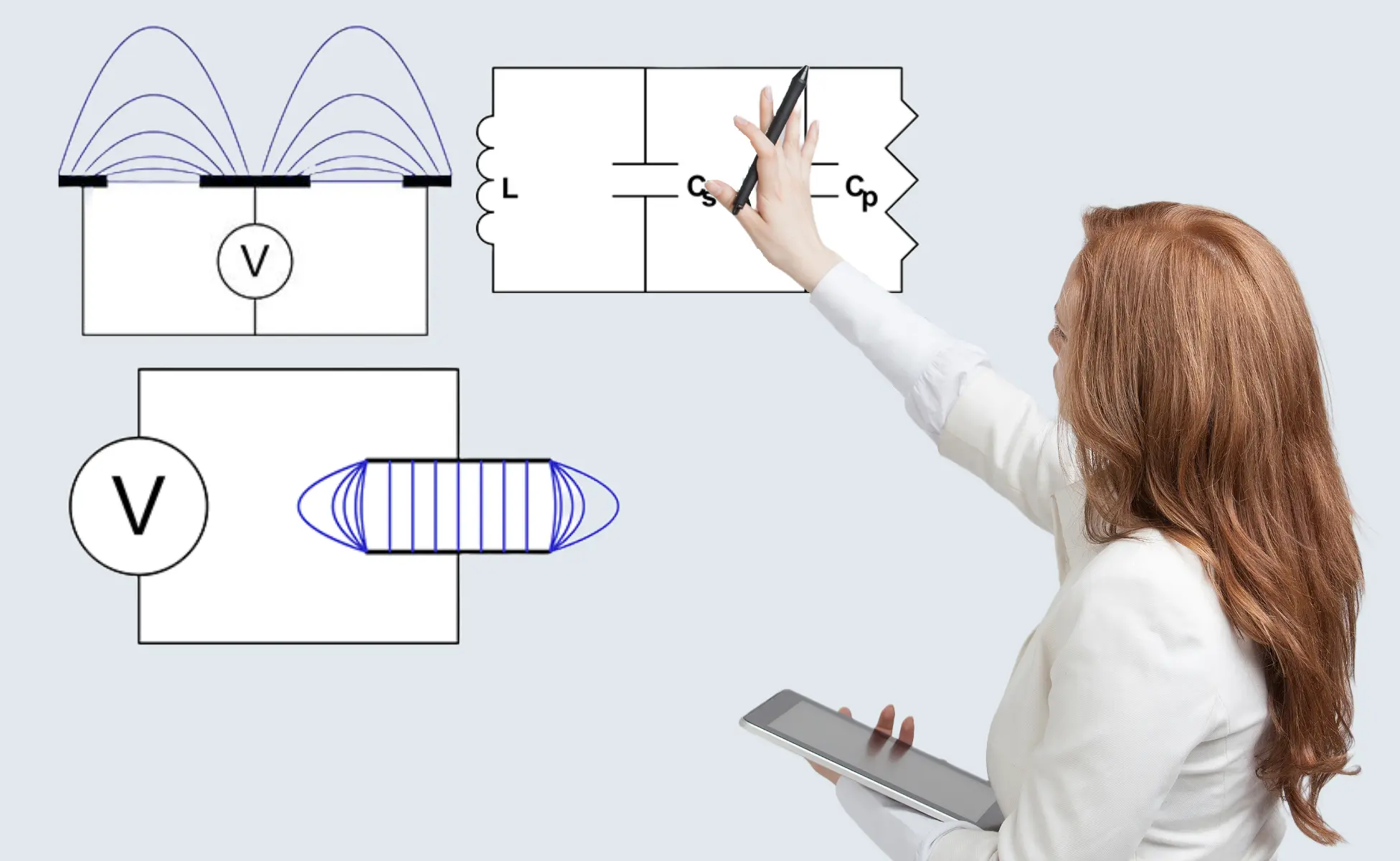Principles of Moisture Measurement

Table of Contents
Defining Moisture Content
Before presenting the various moisture measurements, it is important to define moisture content. Moisture content is normally expressed as a percentage by weight of either total product (wet basis) or dry product (dry basis).
Wet Basis Moisture Content:
M = 100 x (Wet Weight – Dry Weight) / Wet Weight
Dry Basis Moisture Content:
M = 100 x (Wet Weight – Dry Weight) / Dry Weight
From the above equations, wet basis moisture content cannot exceed 100%. Dry basis moisture may exceed 100% and is a non-linear function.
Moisture Determination Techniques
Moisture content may be determined by numerous techniques. These may be divided into two major categories, primary and secondary measurement.
Primary Moisture
Primary moisture techniques involve direct chemical determination of water content, usually by extracting the moisture from the product.
All primary methods are destructive and time consuming. Primary methods are performed off-line, but are usually very accurate. Small sample size may not adequately represent bulk product.
The most common primary method is weight loss, in which a sample is weighed, dried until no further weight loss and then re-weighed.
Other methods include Karl-Fischer Titration. The accuracy of all off-line primary methods is dependent upon laboratory instrument accuracy and the skill of lab personnel.
Since off-line methods require taking a product sample from the process, the sampling method must provide consistent product samples for testing.
Secondary Moisture
Secondary moisture techniques measure a property of the variable (moisture) rather than the variable directly. All continuous moisture analyzers utilize secondary measurement principles and must be calibrated against a primary reference technique. They have the advantage of continuous or rapid sampling measurement and may be used for real-time process monitoring and control.
Without continuous measurement capability, a typical process would be controlled by taking product samples and performing laboratory analysis. These methods are time consuming. By the time a result is obtained, the process may well have changed substantially.
In its simplest form, a continuous moisture analyzer will provide trend information between laboratory sampling, even if left uncalibrated. In this form the instrument is a useful set point controller, where the process set point may be adjusted after each laboratory sample.
There are numerous online moisture measurement techniques. Dielectric Measurement and Near InfraRed Reflectance are two that have proven to be accurate and reliable in many industries.
RF Dielectric Technique
This method relies on the relatively high dielectric of water relative to most solids.
Numerous techniques have been developed to determine dielectric, including radio frequency, microwave, and time domain reflectometry. In order to measure the relative dielectric of a material it is necessary to electrically couple the material to the sensing circuit. This may be done by placing the material between two parallel electrodes, but this does not lend itself readily to online application. If the sensing circuit operates at radio frequency, it is fairly simple to propagate RF energy through the material and thus couple to the product without physical contact. Planar fringe field electrodes provide a single-sided measurement structure less obstructive to the process.
The electrical analogy of a solid product is a capacitor in parallel with a leakage conductance. These components are both influenced by moisture, but whereas dielectric is related in a very predictable manner, the loss factor is not. The combined components represent a complex impedance which can be easily measured, but which may be influenced by variables other than just moisture.
True dielectric moisture instruments are rare, since most of the low cost instruments make no attempt to separate the dielectric and loss components. The lowest cost instruments make little or no attempt to even measure the combined impedance with any long-term stability and repeatability. The Sensortech Systems Dielectric Measurement Technique is refined to the extent where the two components are completely isolated and can be measured independently. The patented resonant frequency principle improves accuracy and repeatability.
- It is a penetrating measurement and can measure non-homogeneous products.
- It has a large measurement area that provides a more representative, bulk average moisture for the product.
- It is relatively inexpensive compared to other online techniques.
- It is very reliable and robust, with no moving parts to wear or break down.
- The various mechanical sensor designs suit a wide range of process conditions and can be used in high temperature environments.
IR Technique
The near infrared reflectance, NIR or IR, technique is a widely used technology for online moisture testing. Its popularity is due in large part to the ease with which it can be applied.
A light source (typically quartz halogen bulb) is collimated and filtered into specific wavelengths. The filters, mounted in a rotating wheel, chop the light into a series of pulses of specific wavelength. The filtered beam is directed onto the surface of the product to be measured. A portion of the light is reflected back to a detector (usually lead sulfide). Specific wavelengths of light are absorbed by water. If the filters are chosen such that one wavelength will be absorbed by water (sample beam) and one wavelength will be unaffected by water (reference beam), then the amplitude ratio of the two reflected wavelengths will be proportionate to the amount of water in the product. The ratio technique eliminates effects of product distance and source aging.
- Ease of application. Typically mounted 6 to 10 inches above product. Moderate product height variations have little influence on measurement.
- Small spot measurement area in conjunction with scanning frame provides product profile.
- Specific wavelengths may be chosen to measure variables other than moisture.
Related Blog Posts















